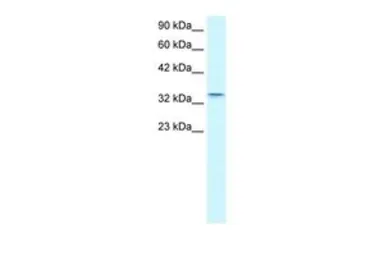Claudin 16 antibody, C-term
Cat. No. GTX47762
Cat. No. GTX47762
-
HostRabbit
-
ClonalityPolyclonal
-
IsotypeIgG
-
ApplicationsWB
-
ReactivityHuman
